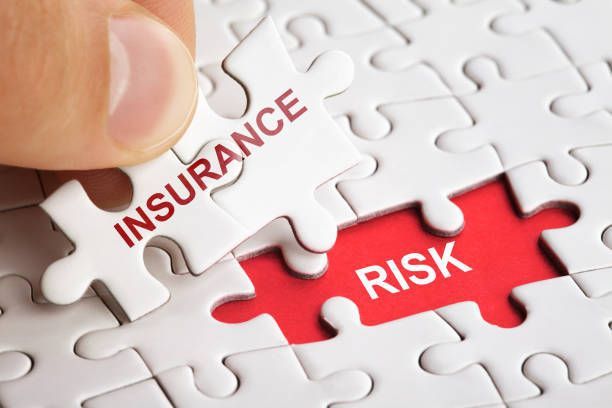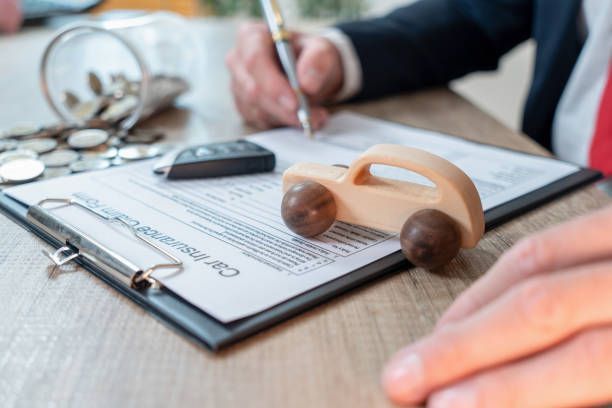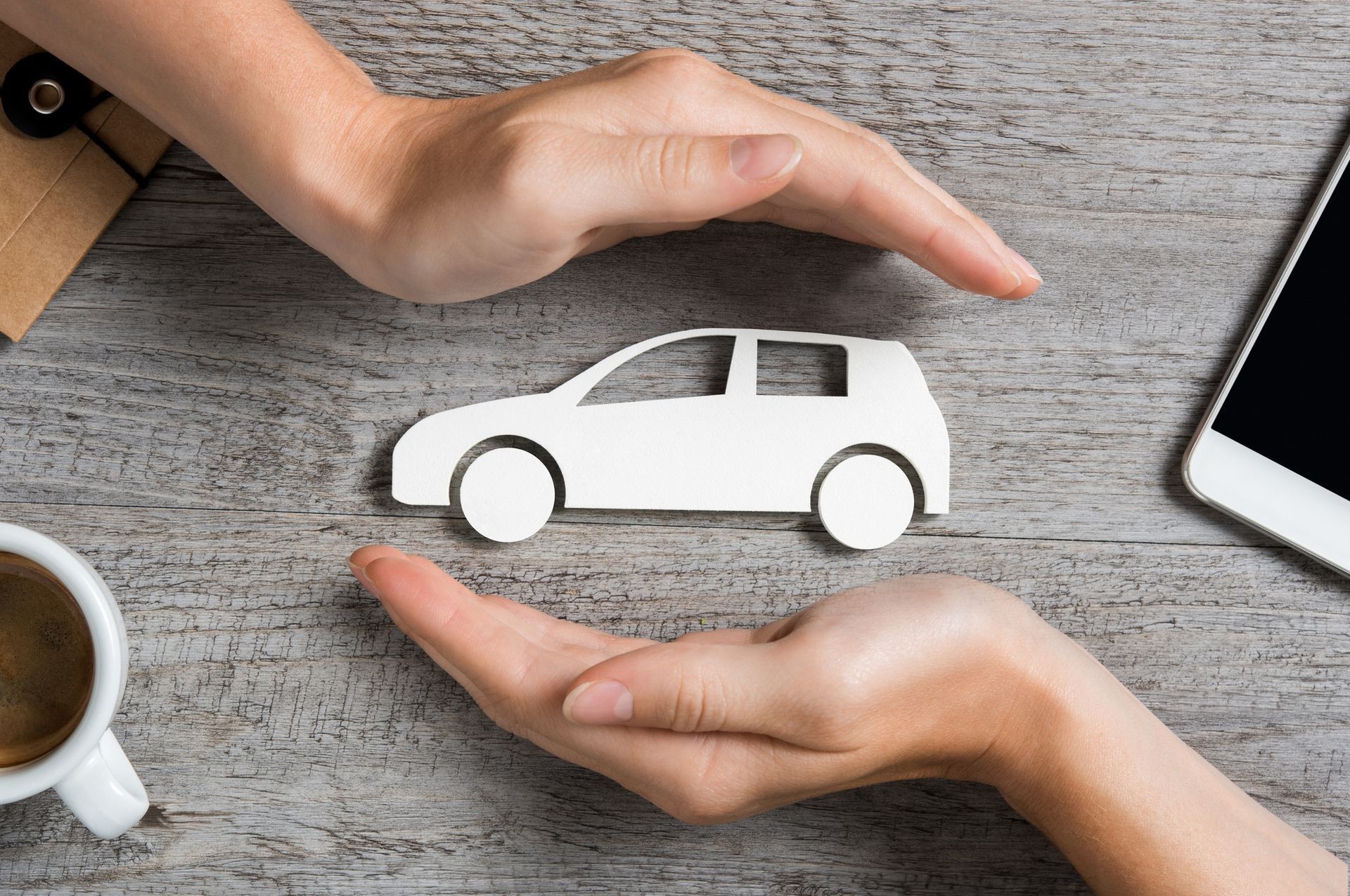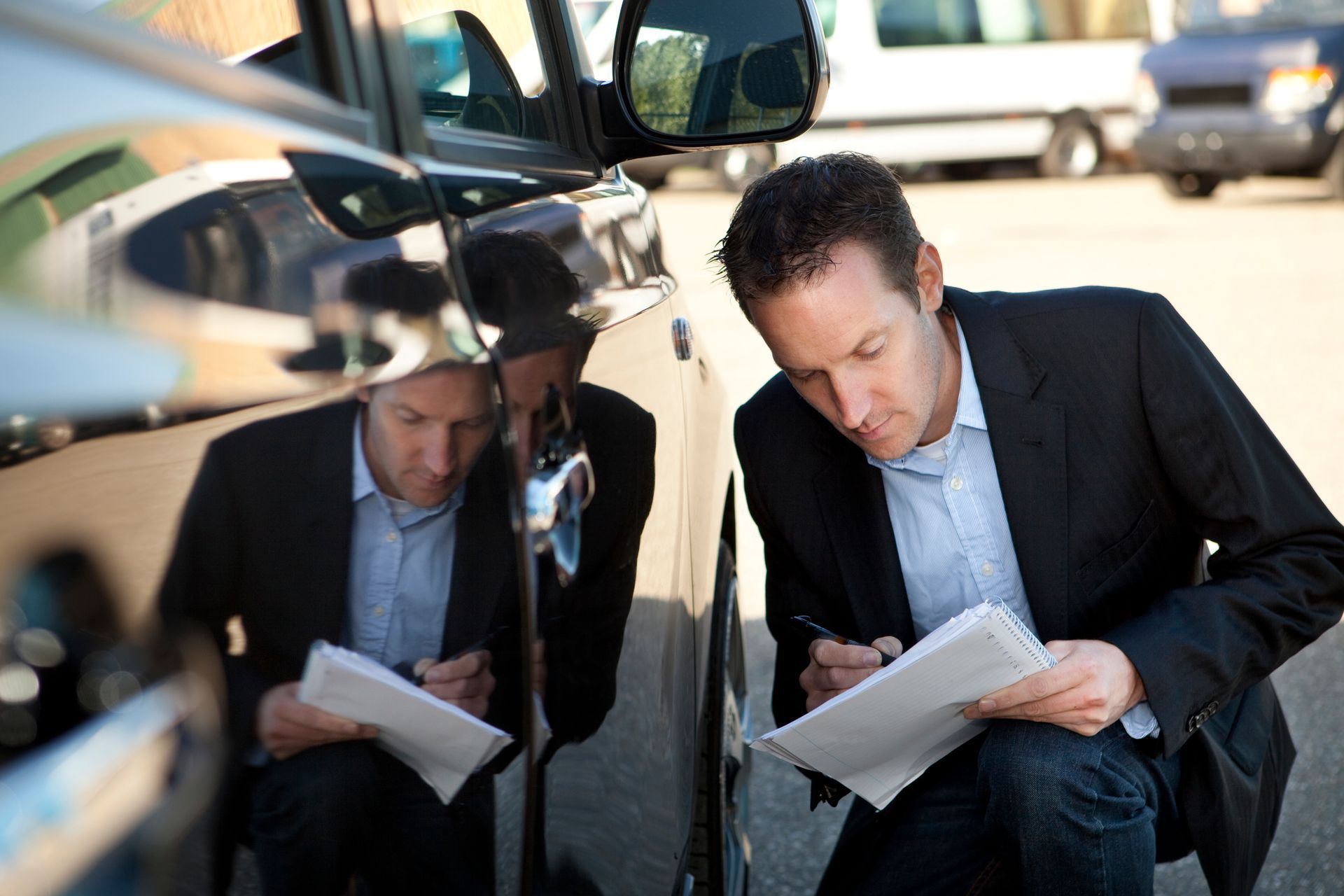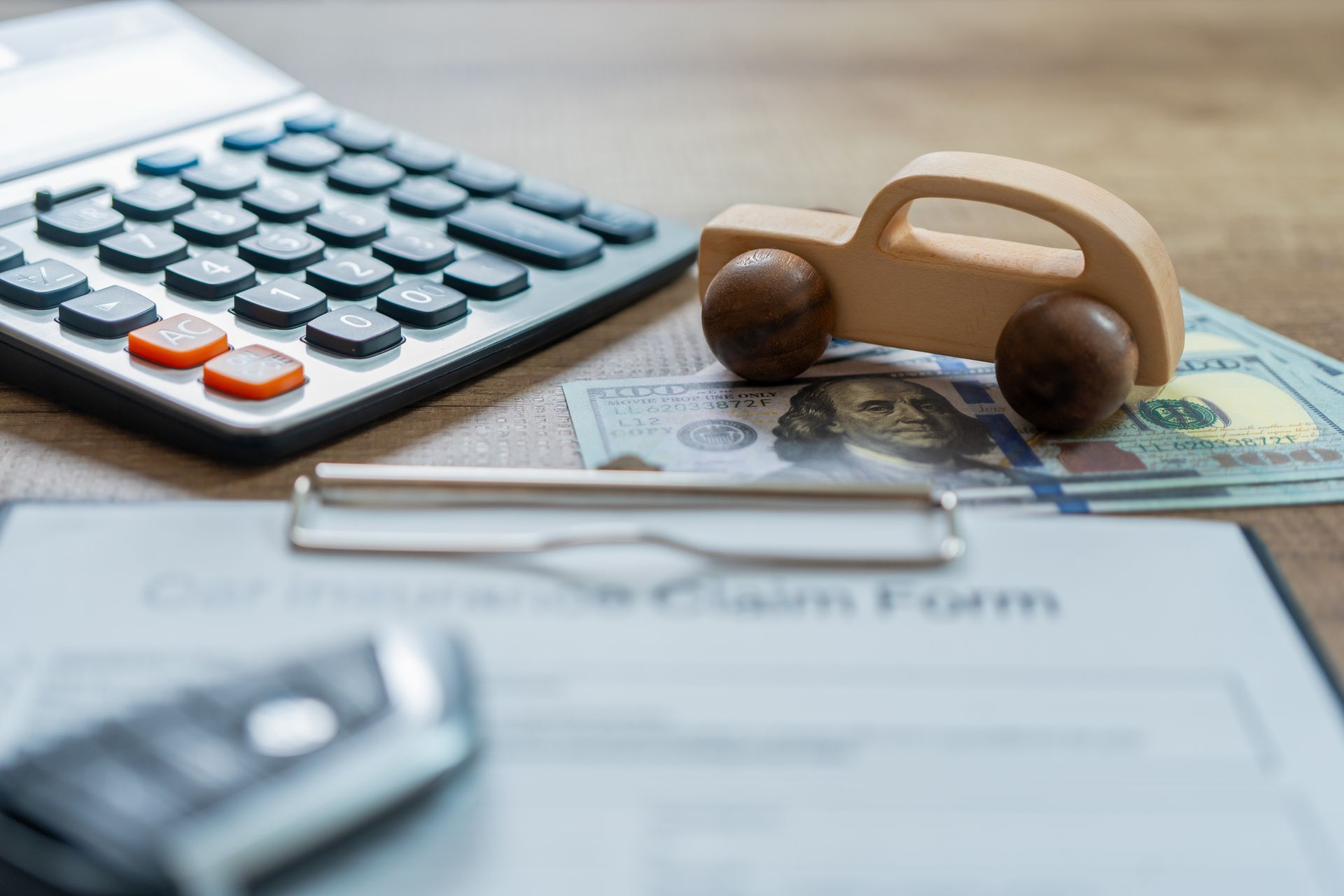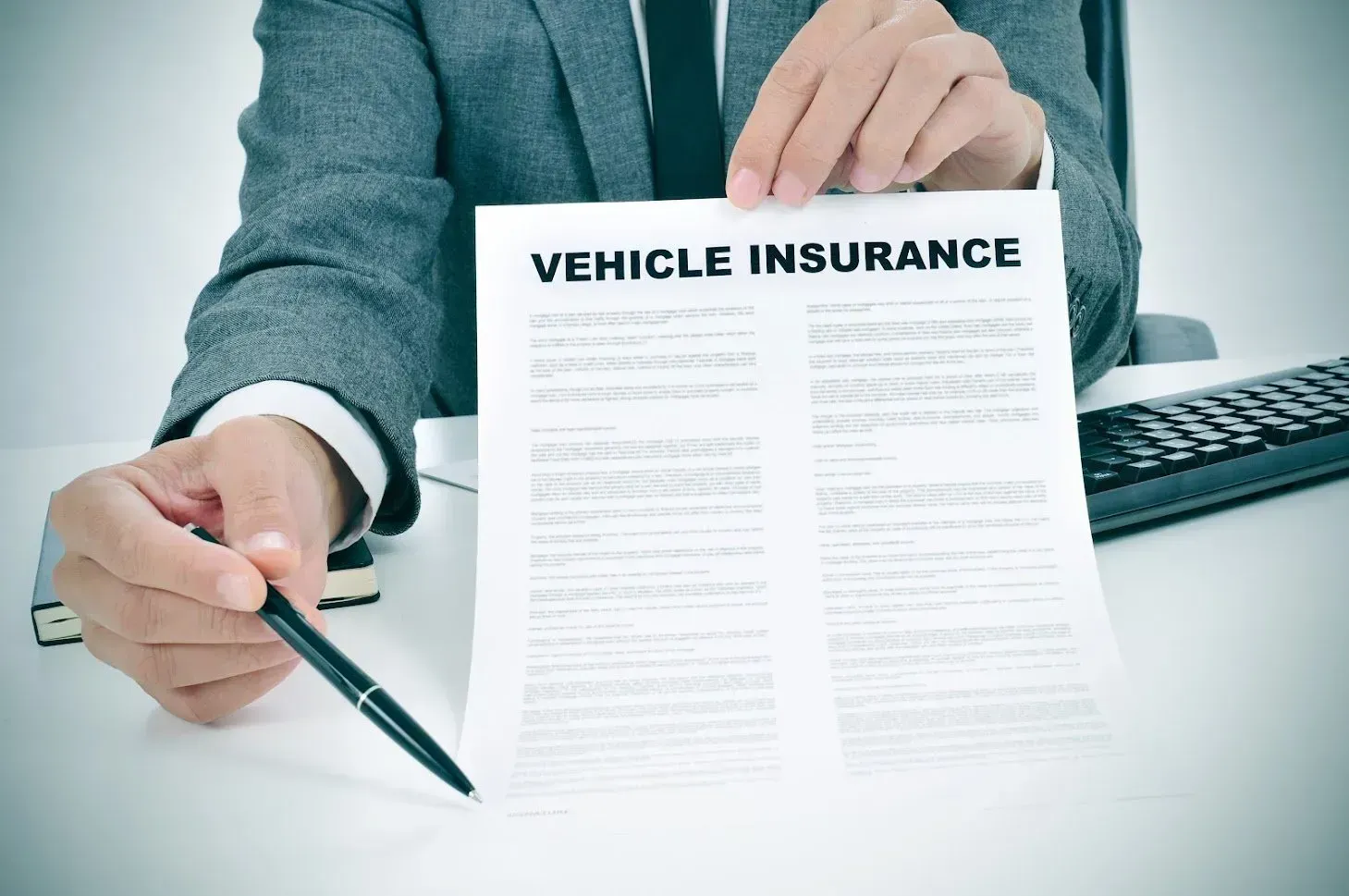Tips to Personalize Your Auto Insurance Policy
Auto insurance protects people from a wide range of risks. However, motorists face different risks in different magnitudes. That is why everyone needs to customize or personalize their coverage. Below are some areas to concentrate on when personalizing your auto insurance.
Type of Coverage
Auto insurance companies sell different forms of coverage. The mainstream ones include:
- Liability coverage that compensates others for injuries or damages you might cause while driving
- Collision coverage that protects you from losses related to crashes with other objects or cars
- Comprehensive coverage that protects you from losses related to damages other than collision damages
- Uninsured and underinsured coverage that bridges the gap between an underinsured/uninsured motorist's liability coverage and your damages if such a motorist is liable for your accident
- Medical payments (MedPay) coverage and personal injury protection (PIP) that covers your medical bills after an auto accident (PIP and MedPay have a few differences)
The government requires liability coverage. For anything else, analyze your circumstances and add the coverage that best meets your needs. Here are a few tips to help you:
- Include collision and comprehensive insurance if your car is relatively new or expensive.
- Add comprehensive and collision coverage if you have not repaid your car loan in full.
- Add underinsured and uninsured motorist coverage if your state has a high population of such motorists.
- Buy MedPay or PIP coverage if your conventional medical insurance seems inadequate.
An insurance agent can help you with the analysis so that you can choose the most appropriate coverage.
Deductible
An auto insurance deductible is necessary for some forms of coverage. The deductible is the amount you must pay when your insurer approves your claim. Insurance companies often have minimum deductibles that you can increase depending on your circumstances.
Use these tips to customize your deductible:
- Ensure you have an emergency cash reserve that can cover your deductible at any time.
- Choose a lower deductible if you don't want to pay a lot if your car suffers damage.
- Raise your deductible to enjoy low premiums rates if they otherwise seem high.
Whichever deductible you choose, protect your policy by avoiding claims whose values slightly surpass the deductible.
Liability Limit
State law mandates minimum liability coverage that each motorist must carry. However, insurance companies allow you to buy more coverage, which you should. Here are tips to help you match your liability limit to your circumstances:
- Increase your liability limit if you have high-value assets. The high limit will protect your assets from third parties who might file liability claims against your policy.
- Increase your liability limits if you routinely carry passengers. The limit should cover multiple liability claims that multiple passengers might lodge against you in case of an accident.
- Increase your liability limit if you face a high risk of an accident (for example, if you frequently drive on dangerous roads).
Whichever limit you choose, ensure you can afford to pay your premiums on time. Late payments might attract penalties or jeopardize your contract with the insurance company.
Premium Payment Schedule
Many insurance companies allow different intervals for premium payments. Most companies allow:
- Monthly payments
- Quarterly payments
- Semiannual payments
- Annual payments
You can also further customize your premium payments by matching your payment schedule to your income. For example, a monthly payment suffices if you have a monthly income. However, paying in advance, either semi-annually or annually, is best if your income is irregular. Advance payments ensure you don't default on your premiums even if your income delays by a month or so.
Contact Accredited Insurance Group Inc. for auto insurance coverage. We will review your circumstances and needs to help you get personalized coverage.

